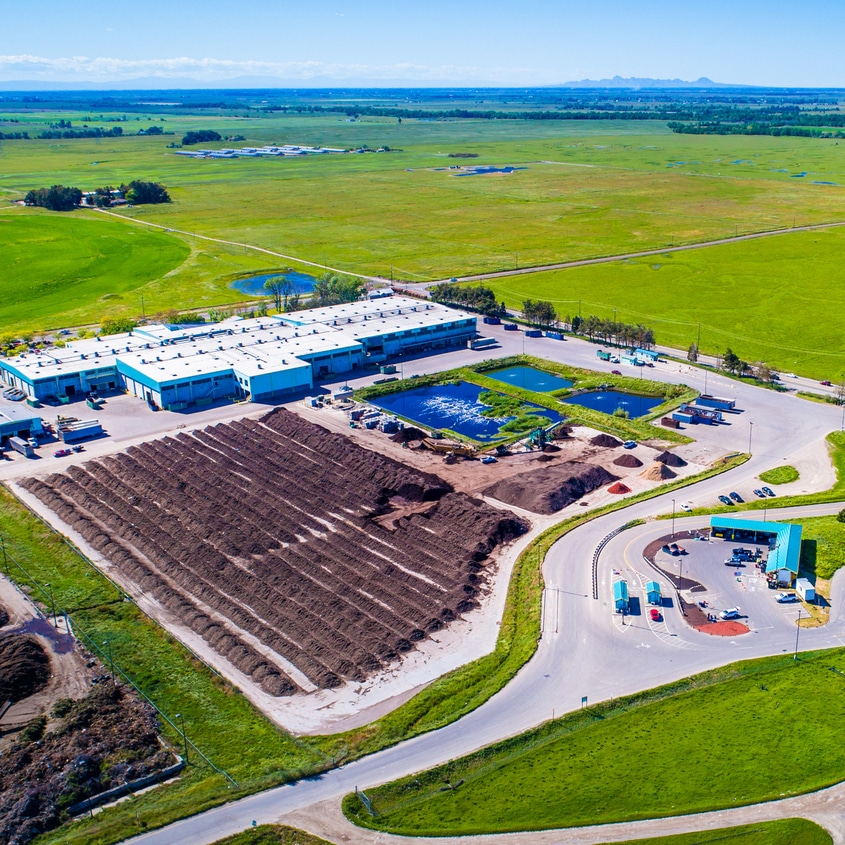Renewable Placer Waste Action Plan
What is the Renewable Placer Waste Action Plan?
Western Placer County is on pace to outgrow existing solid waste facilities due to an increasing regional population, changing statewide regulations, and destabilizing global recycling markets.
The Renewable Placer Waste Action Plan ensures that western Placer County is well positioned to meet the needs of residents and businesses into the future while complying with regulations, supporting planned regional growth, and creating opportunity for innovation.
The Final Environmental Impact Report (EIR) for the WPWMA’s Renewable Placer Waste Action Plan has been released and made available to the public. You can access individual EIR chapters and appendices through the links below.
WPWMA Renewable Placer Waste Action Plan Final EIR Chapters and Appendices
Chapter 1: Contents and Introduction
Chapter 2: Responses to Comments on the Draft EIR
Chapter 3: Corrections and Revisions to the Draft EIR
Chapter 4: References
Appendix A: Mitigation Monitoring and Reporting Program
Current and Historical Documents Related to the WPWMA Renewable Waste Action Plan Environmental Impact Report
- Final Environmental Impact Report (EIR)
- Final EIR Errata
- Findings of Fact and Statement of Overriding Considerations
- Notice of Availability of a Draft Environmental Impact Report for the Renewable Placer: Waste Action Plan – 10/29/21 – 01/12/22
- Draft EIR
- Notice of Preparation (NOP)
- NOP Comments Letters
- Board Communication from Concept Evaluation Stage I
Learn More About the WPWMA and Solid Waste Innovation
To learn more about how the WPWMA is innovating solid waste solutions and creating new products, local jobs, and revenue opportunities for western Placer County, listen to the podcast, Waste Not: Circular Economy and Sustainable Waste Management.
You can also check out this informative video that outlines how to stay informed and involved as the implementation of the Renewable Placer Waste Action Plan progresses.
WPWMA & Local Sustainability Innovations
As part of our commitment to local sustainability, the WPWMA is shifting the historic dynamic of linear waste management from a “take, make, and dispose” approach to a circular economy model where new products are made from old ones. As we search for additional value in the waste stream of western Placer County, we continue to work with partners to expedite this sustainability effort. Sacramento State and the Carlsen Center for Innovation & Entrepreneurship are partnering with the WPWMA to find and advance entrepreneurial technologies and new industries where products are generated and a circular economy in waste and resource management exists or can be created.



